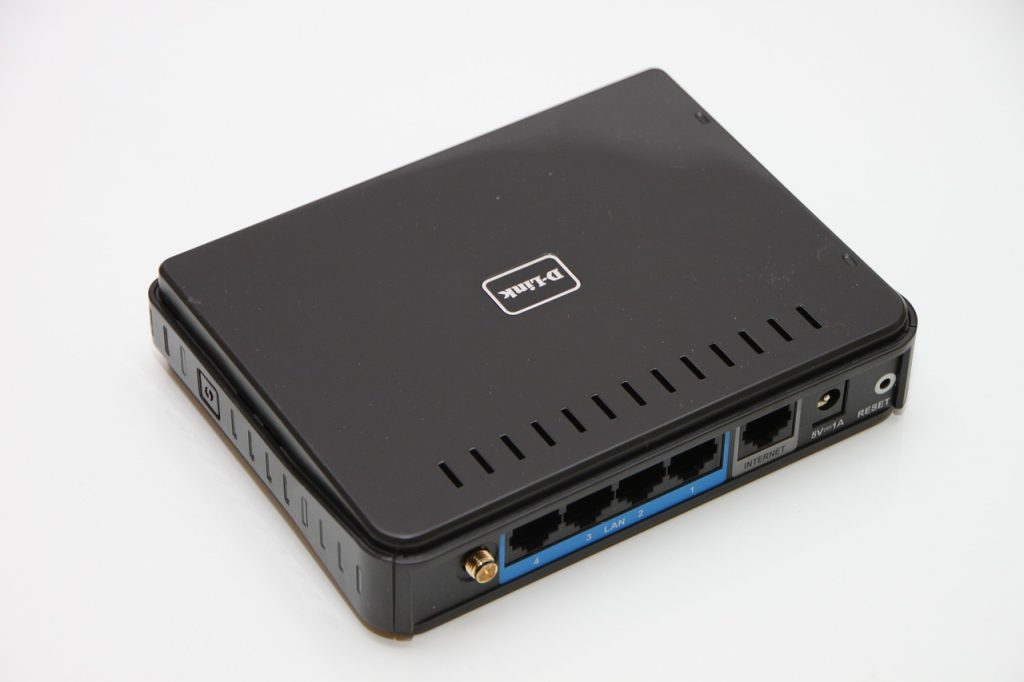In the era of rapid digitalization, having a robust Wi-Fi connection is as fundamental as electricity or water in our homes and workplaces. It powers our devices, connects us to the digital world, and facilitates everyday activities like work, education, and entertainment. However, unstable Wi-Fi reception can impede these activities, making it essential to know how to improve it. Here is a comprehensive guide.
- Placement of the Router
The router’s location plays a pivotal role in the strength of your Wi-Fi signal. Place your router in a central location to ensure balanced coverage. Avoid keeping it in corners, inside cabinets, or near windows where the signal could escape outside. The Wi-Fi signal travels in a dome-like manner, so if possible, place your router at a height for better coverage.
- Avoid Interferences
Many household devices operate on the same frequency as your router and can cause interference, reducing your Wi-Fi signal’s strength. These devices include cordless phones, baby monitors, microwave ovens, and Bluetooth devices. Keep your router away from these devices. Also, metal objects, mirrors, and concrete walls can obstruct Wi-Fi signals.
- Upgrade Your Router
If your router is outdated, it may not be capable of delivering the high speeds offered by your Internet Service Provider (ISP). Newer models support the latest Wi-Fi standards, like Wi-Fi 6, offering faster speeds and better coverage. If you’ve had your router for more than five years and are experiencing connectivity issues, it might be time to upgrade.
- Use a Wi-Fi Extender
A Wi-Fi extender, or repeater, can help boost your Wi-Fi signal by capturing it from the router and rebroadcasting it. They’re useful in large homes or offices where the signal might be weak in certain areas. However, note that extenders can decrease the overall bandwidth. Use them sparingly and only when necessary.
- Optimize Your Router Settings
Modern routers come with multiple settings that can be optimized for better performance. You could change the channel width for a stronger connection. For instance, a 20MHz channel width is used for better range in crowded areas, whereas a 40MHz channel width is used for better speed with a good signal.
The router operates on a specific Wi-Fi channel. In crowded areas with many routers, these channels can get congested, reducing your Wi-Fi speed. Switching to a less congested channel can improve your Wi-Fi reception.
- Secure Your Network
Ensure your Wi-Fi network is secured with a strong password. If many devices are connected to your network (especially unknown devices), it can slow down your Wi-Fi speed. Also, an unsecured network can expose you to cyber threats.
- Update Your Router Firmware
Firmware is the operating software that runs on your router. Manufacturers periodically release firmware updates, which include performance enhancements and security updates. Ensure your router firmware is updated to the latest version for optimal performance.
- Use a Mesh Network System
If you live in a large house or work in a sizable office space, consider using a mesh network system. Unlike extenders that rebroadcast the signal, mesh systems use multiple nodes or access points to create a ‘mesh’ of Wi-Fi coverage throughout your space. They offer better coverage and more efficient bandwidth usage than traditional routers and extenders.
- Position Your Antennas Correctly
If your router has external antennas, their position can impact your Wi-Fi reception. Ideally, if you have two antennas, place one vertically and one horizontally. Since Wi-Fi signals propagate in the direction perpendicular to the antenna, this arrangement ensures at least one antenna is optimally positioned relative to your device, regardless of its orientation.
- Consider a Wi-Fi Analyzer
A Wi-Fi Analyzer is a software tool that assesses your Wi-Fi network for signal strength, channel congestion, and potential interference. By providing a visual representation of your network’s status, these tools can help identify optimal router placement, the best channel, and any potential interference sources.
- Regularly Reboot Your Router
A simple yet effective trick to improve Wi-Fi reception is regular rebooting of your router. Over time, the router may slow down due to prolonged operation or minor technical glitches. A quick reboot can refresh your network and potentially improve speed and connectivity.
- Use the Latest Wi-Fi Technologies
Ensure your devices support the latest Wi-Fi standards like Wi-Fi 5 (802.11ac) or Wi-Fi 6 (802.11ax). These provide faster speeds, better range, and more efficient data delivery. If your device doesn’t support these standards, consider upgrading it or using a Wi-Fi adapter that does.
- Use Wired Connections Where Possible
Devices that demand high bandwidth, like gaming consoles or streaming devices, can slow down your Wi-Fi network. If possible, connect such devices directly to your router using an Ethernet cable. This will not only provide a more stable connection for these devices but also free up bandwidth on your Wi-Fi network.
- Consider Quality of Service (QoS) Settings
Many modern routers offer Quality of Service (QoS) settings. These settings allow you to prioritize specific devices or types of traffic. For instance, you can prioritize your work laptop during working hours, or your streaming device in the evening. This can ensure high-priority devices receive the best connection, improving your overall Wi-Fi experience.
- Regularly Monitor Your Network Performance
Just like any other aspect of your digital life, it’s important to regularly monitor your network’s performance. Are there times when the network is slower? Are certain devices struggling to connect? Regular monitoring can help you identify patterns and issues and take appropriate measures to improve your Wi-Fi reception.
In the connected world of today, a strong and stable Wi-Fi connection has become a necessity rather than a luxury. By following the steps outlined in this guide, you can significantly improve your Wi-Fi reception, leading to faster internet speeds, better connectivity, and a smoother online experience. Remember, the key to a strong Wi-Fi connection lies in regular maintenance, timely upgrades, and strategic placement of your networking equipment. So take charge of your network and wave goodbye to Wi-Fi woes!







